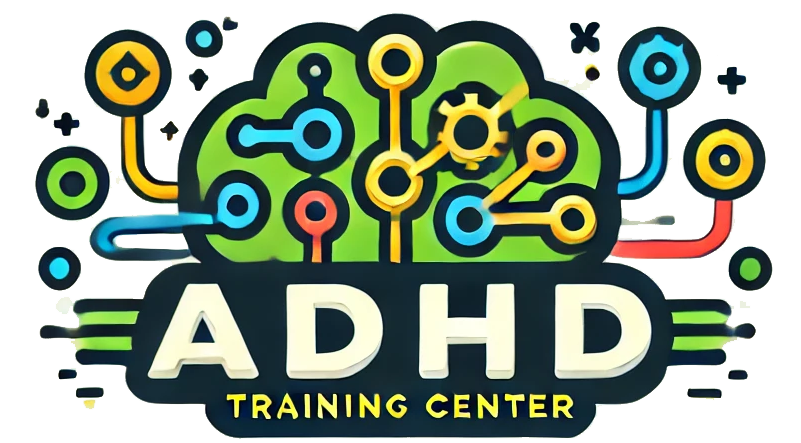Raising a child or teen with ADHD can have its own unique challenges, and when you’re a parent of one of these children, it’s not uncommon to find that you’re not necessarily equipped with the knowledge and education needed to understand and support them.
For example, we know that children with ADHD can have a difficult time focusing, and so it can be tough for them to complete tasks. We also know that they may have executive dysfunction issues, like “task initiation,” where they struggle to start the tasks they need to complete.
But some children with ADHD have additional issues that can make it difficult to get things done. One example is known as “Pathological Demand Avoidance,” or “PDA,” where some children with ADHD have this anxiety-driven need to avoid demands and expectations.
About Pathological Demand Avoidance
Pathological Demand Avoidance, often shortened to PDA, is a behavioral profile that often falls under the broader autism spectrum but can also appear in individuals with ADHD and other neurodevelopmental conditions. The key feature of PDA is an extreme and persistent avoidance of everyday demands or requests. This avoidance is not due to defiance or lack of motivation—it is driven by anxiety and loss of perceived control.
A child with PDA may want to complete a task but feel an overwhelming internal pressure when someone else expects it of them. This can make even small requests – like brushing teeth, starting homework, or getting dressed – feel unbearable. What looks like opposition is often a coping mechanism to manage intense anxiety and maintain a sense of autonomy.
How PDA Differs from Typical ADHD Behavior
At first glance, PDA can appear similar to the impulsivity or distractibility associated with ADHD. However, the underlying causes are very different.
- ADHD is primarily related to executive functioning challenges. A child might forget, lose focus, or procrastinate because they have difficulty with organization, planning, or attention.
- PDA, on the other hand, is rooted in anxiety and emotional regulation. The child’s avoidance is not due to forgetfulness or inattention – it’s a response to perceived loss of control and fear of failure or overwhelm.
For parents, it’s easy to misinterpret PDA as stubbornness or oppositional behavior, but it’s important to understand that it’s a stress response, not a choice.
Signs and Behaviors Common in PDA
PDA can look different for every child, but some behaviors are common, especially when the person feels pressured or anxious.
- Intense avoidance of even minor requests (“Can you get your shoes?” might trigger distress or resistance)
- Strong need for control over daily routines or decisions
- Sudden mood shifts when faced with demands
- Using distraction, negotiation, or humor to avoid expectations
- High levels of anxiety or panic when demands are unavoidable
- Social difficulties that may not fit traditional autism or ADHD profiles
These children are often highly perceptive and creative, using social strategies to navigate or deflect pressure. However, this adaptability can mask the level of stress they are experiencing internally.
PDA and ADHD: The Overlap
Children with ADHD who also show signs of PDA can face compounded challenges. The inattention and disorganization of ADHD can make tasks feel harder to start, while PDA adds an emotional layer that makes tasks feel threatening. The combination can create a pattern where the child wants to do something but feels unable to, leading to frustration for both parent and child.
For example, an ADHD child without PDA might avoid homework because it’s boring or too long. A child with both ADHD and PDA might avoid it because being told to do it triggers an anxious response—they feel compelled to resist, even if they understand its importance.
Supporting a Child with PDA and ADHD
Traditional behavioral strategies that rely on structure, consequence, or reward often fail with PDA, and can sometimes increase anxiety or avoidance. Children with PDA benefit more from approaches that reduce pressure and build collaboration rather than impose authority.
Helpful strategies may include:
- Using indirect language – Phrasing requests as choices or gentle suggestions rather than commands.
- Offering flexibility – Allowing the child to have control over timing, sequence, or method of completing tasks.
- Prioritizing connection – Focusing on emotional safety and mutual trust before expecting compliance.
- Reducing visible demands – Breaking tasks into smaller, less intimidating steps or framing them as shared activities.
- Encouraging self-regulation – Teaching coping and calming strategies to manage anxiety responses.
Working with a therapist familiar with both ADHD and PDA can help families develop communication strategies that respect the child’s autonomy while still maintaining structure and consistency.
Adapting Together
Children with ADHD and PDA are not being intentionally oppositional. They are navigating two intersecting sets of challenges that make demands feel overwhelming. Recognizing the anxiety beneath avoidance allows parents and caregivers to respond with empathy and patience rather than frustration.
With the right approach, children with PDA and ADHD can learn to manage anxiety, increase flexibility, and feel more in control of their lives. The goal is not to eliminate avoidance entirely, but to help the child feel safe enough to engage with the world on their own terms – one small step at a time.


